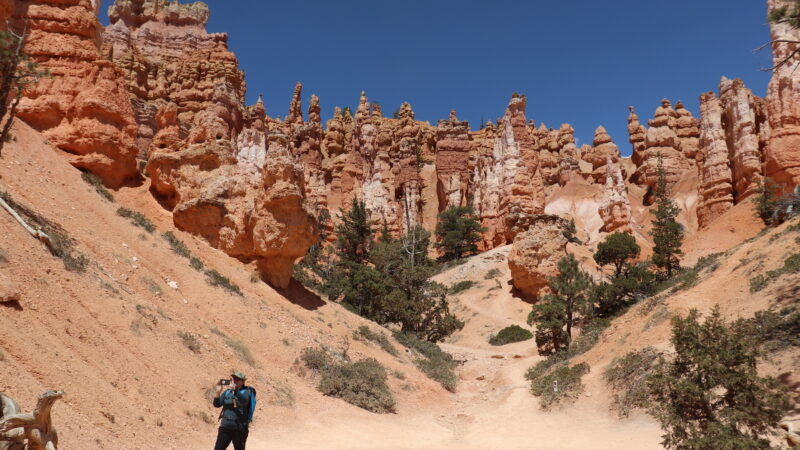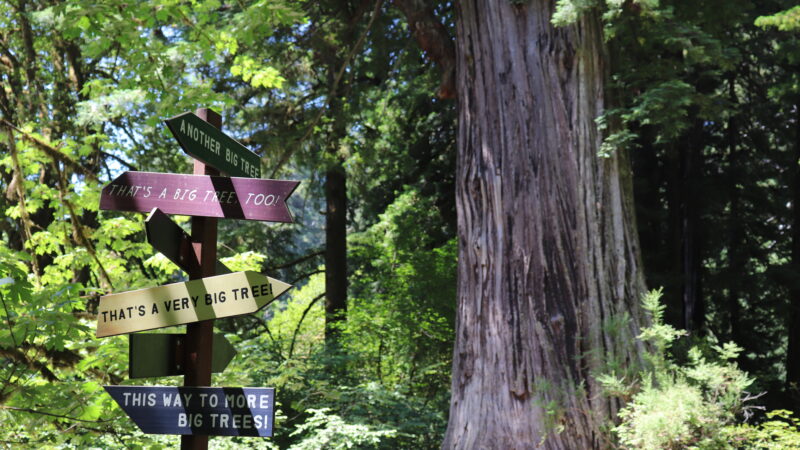Dodging Fires, Surrounded by Smoke
September, 2020
Living almost our entire lives in Oklahoma, both of us can be a little too nonchalant at times with regards to tornadoes. When the sky turns a creepy shade of green and all goes still, you might find us on our front porch.
For the past few weeks, we have been hanging out in Oregon and Washington. Tornadoes should be the last thing on our minds. Or so we thought. The fire tornadoes that tore through California last month were jaw-dropping scary. Powerful fires created their own destructive weather systems.
Luckily, we haven’t run into any “firenadoes”. But the very intense fires that started in California have spread rapidly and multiplied greatly in numbers from our southern border to our northern one. As of September 10th, there were 102 large fires burning across 12 western states, with scores of smaller fires also in existence. Of these large fires, only 4 are considered contained according to the National Interagency Fire Center. California, Oregon and Washington are getting hit particularly hard. It’s estimated that 10% of Oregon’s population has had to evacuate their homes due to fires. The fires have devastated vast areas and numerous towns have burned down. In recent years, the fire ferocity has seemed to be on a sharp upward trajectory. Even with this bad trend, the climate and fire experts keep using the same word to describe what is happening this year – unprecedented.
So far, we have successfully avoided getting too close to a fire. Our biggest challenge has been dealing with the all-encompassing smoke. We are hoping our record holds as we prepare to head east from our campsite near the Pacific Ocean in Astoria, Oregon in order to escape both the smoke and fire. But we are quickly learning the risks even when we think we are far away from the flames. First, numerous fires are starting from dry lightning storms. They are then exploding quickly due to the extremely hot, dry and windy conditions combined with vegetation that is ripe for fire. Second, there aren’t always a lot of road choices in many parts of the Pacific Northwest, so escape routes are often limited. We have had to detour on more than one occasion due to fires. Third, the smoke from these fires carry a long distance, and the smoke plumes present their own health risks.
Below are a few photos and graphics of our experiences thus far. Thankfully, they aren’t the dramatic images you see on the news. We’ll start with the graphic from the Environmental Protection Agency (EPA) showing the fires burning in the western U.S. as of September 10th.
Cheers,
Bob and Julia
Postscript – The above blog was written on Thursday, September 10th, the day before we left Astoria. The last photo below was taken some 320 miles to the east at Deadman Pass, Oregon, the evening of Friday, September 11th.
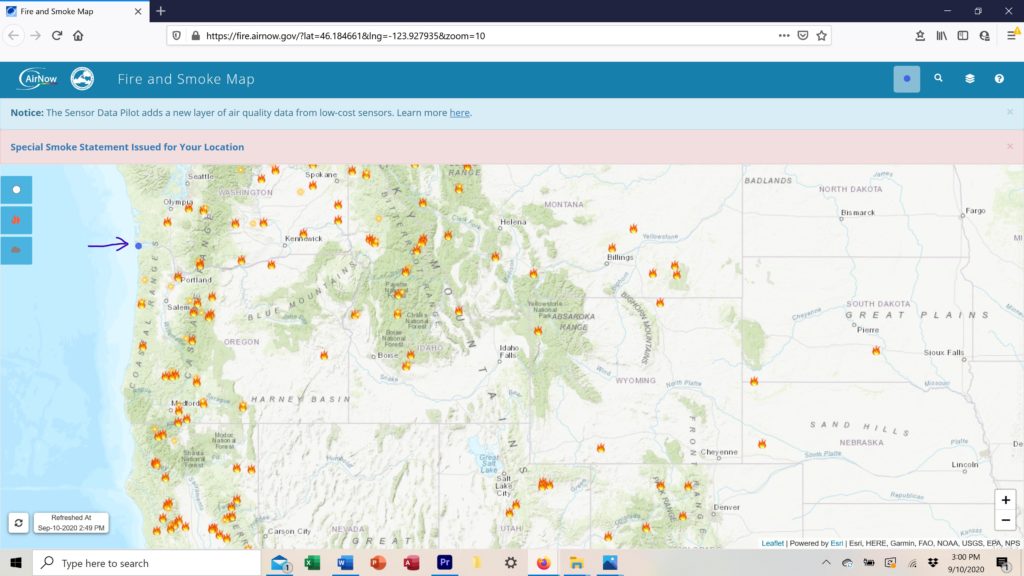
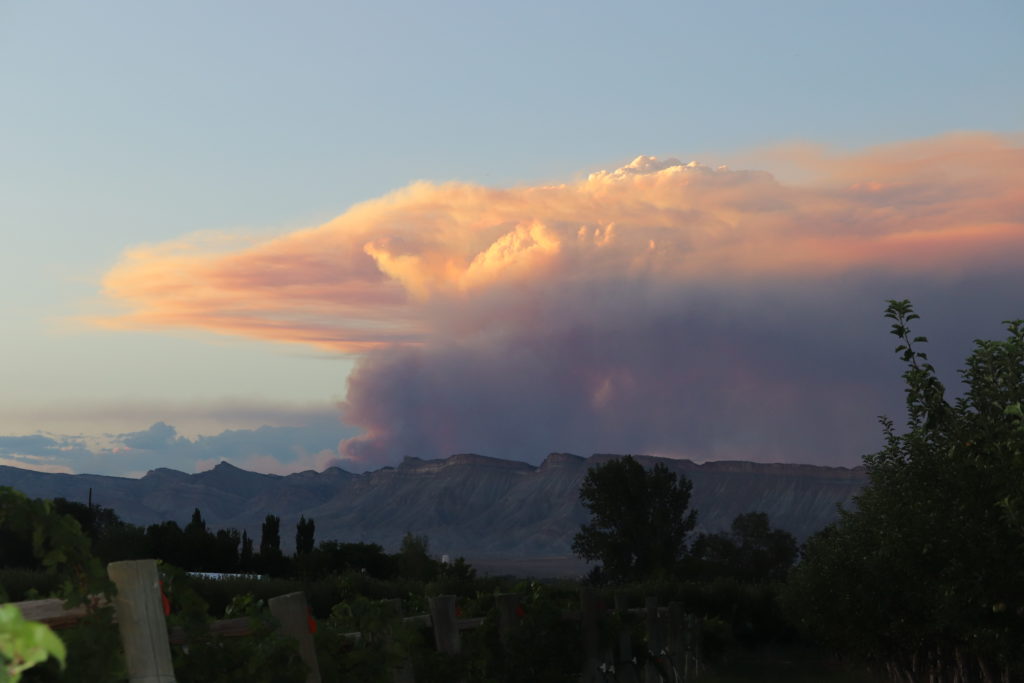



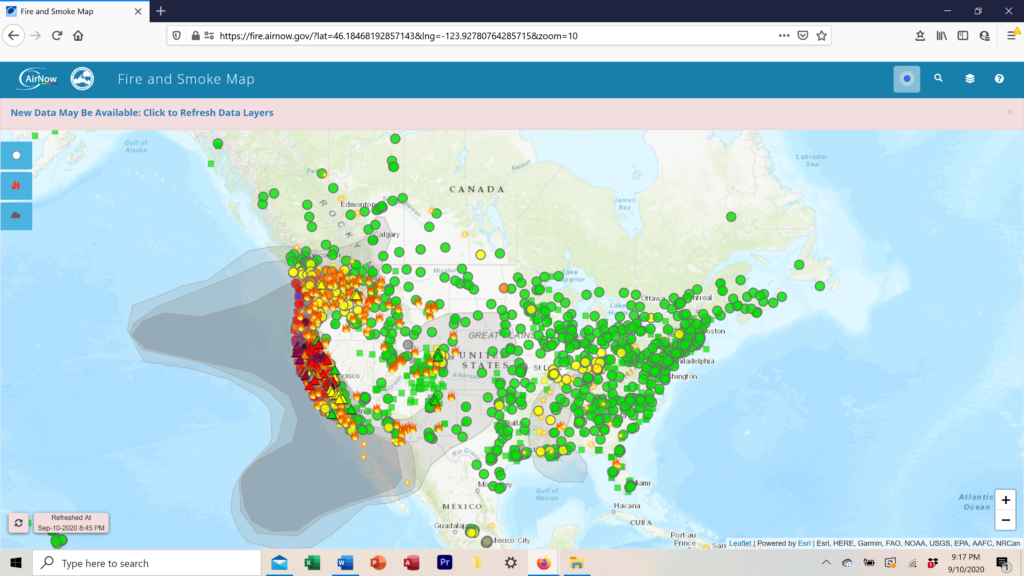

You Might also like
-
Day One, Mile Zero
We’re taking our first step – or rather, driving our first mile. As corny as it may sound, we are hitting the road to discover America.
-
The Mailbox Paradox
The joy of travel: It’s not just about the excitement of arrival. It’s also about the relief of departure.
-
Each Path is Worth Exploring
Whether it’s hiking a trail to see a majestic redwood or listening to someone answer the question we pose, each path is worth taking.



